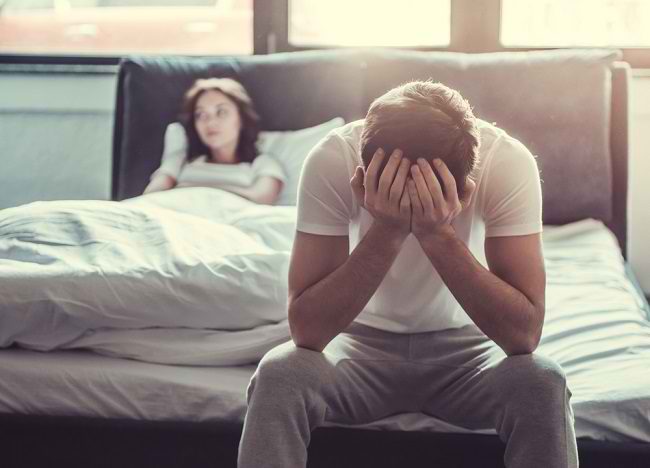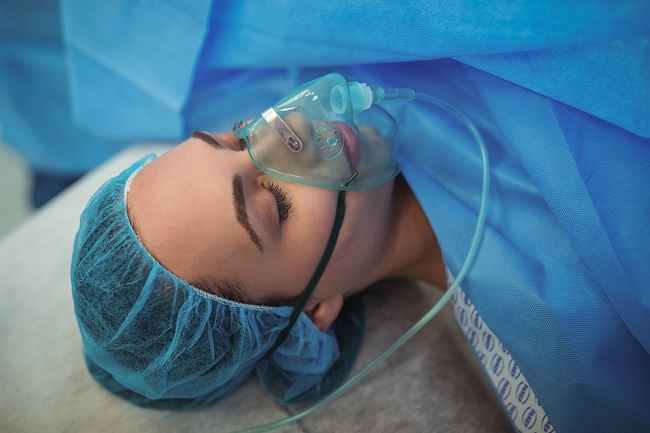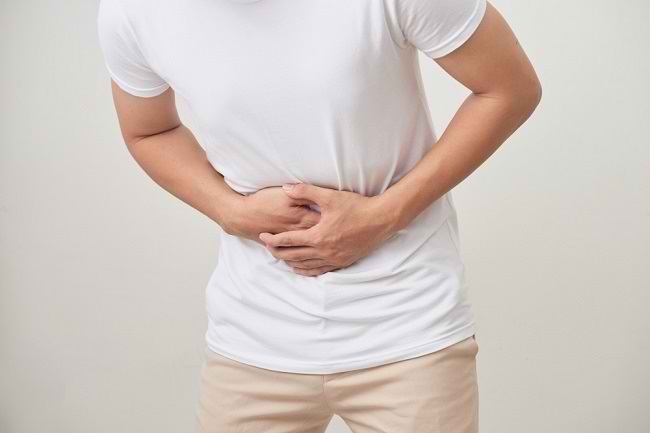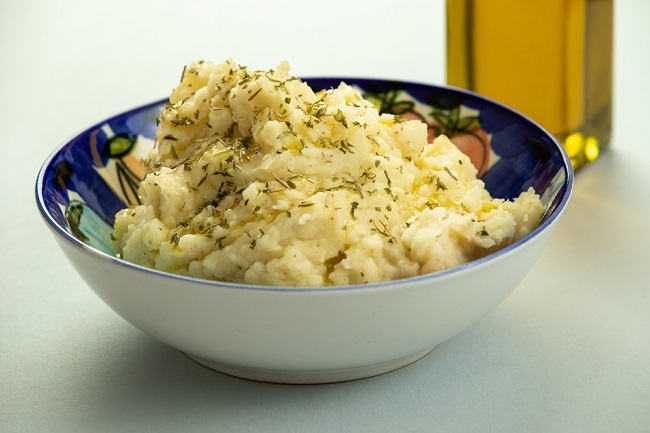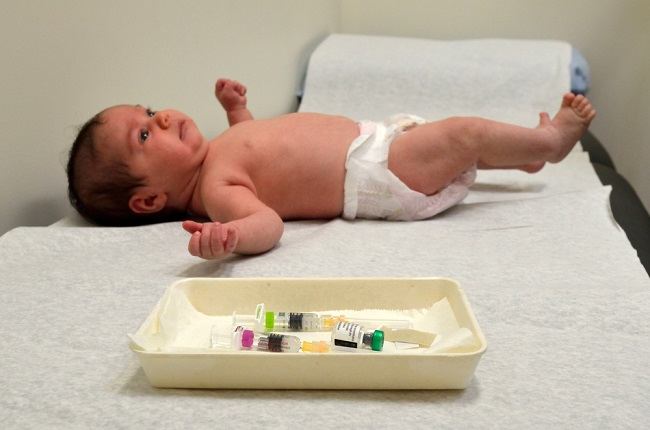ERCP (endoscopic rretrograde cholangiopancreatography) is a procedure to examine and treat disorders in the pancreas, bile ducts, and gallbladder. ERCP is a combination of endoscopic examination and X-rays equipped with contrast dye.
ERCP is performed with the help of an endoscope, which is a thin tube equipped with a camera and a light at the end. This tool will be inserted through the patient's mouth, through the esophagus, then into the stomach and duodenum, to the end of the bile duct and pancreas.

The ERCP procedure allows doctors to take pictures and see the condition of the bile ducts and pancreas in more detail. ERCP can also provide important information that cannot be obtained from other diagnostic tests, such as ultrasound, CT scan, or MRI.
Indication Endoscopic Retrograde Cholangiopancreatography
ERCP is used to diagnose various disorders that occur in the bile ducts and pancreas, such as:
- Acute pancreatitis and chronic pancreatitis
- Bile duct stones or narrowing of the bile ducts
- Cholecystitis or inflammation of the bile ducts
- Pancreas divisum, a disorder that causes the pancreas to have two separate ducts
- Tumor or cancer of the pancreas
- Tumor or cancer of the bile ducts
- Trauma to the bile duct and pancreas
ERCP is also used as an adjunct procedure for:
- Widen the narrowed bile duct
- Removing or destroying bile duct stones
Warning Endoscopic Retrograde Cholangiopancreatography
There are several conditions that cause a patient to be unable to undergo the ERCP procedure, including:
- Currently in pregnancy
- Have had surgery on the digestive tract that caused the bile duct to block
- Suffering from disorders of the esophagus or digestive tract that make the ERCP procedure difficult
- Recently had a procedure using barium contrast, as the barium content in the intestines can interfere with the ERCP procedure
Before Endoscopic Retrograde Cholangiopancreatography
Prior to the ERCP procedure, the doctor will explain to the patient the stages of the procedure to be followed, the goals, and complications that may occur. After that, the doctor will provide a form for the patient to sign, stating that the patient understands and agrees to undergo the procedure.
In addition, there are several things that patients need to do before undergoing ERCP, namely:
- Tell your doctor if you are pregnant or think you may be pregnant.
- Tell your doctor what medicines, supplements, or herbal products you are taking, especially if you are taking aspirin, anticoagulants, ibuprofen, or naproxen, because the doctor will ask the patient to stop taking these drugs for a while before ERCP.
- Tell your doctor if you have allergies or are sensitive to certain medications, contrast dyes, iodine, or latex.
- Tell your doctor if you have heart valve problems or have a history of blood clotting disorders.
- Tell the doctor if you have diabetes or are taking insulin, because the doctor will advise the patient to reduce the insulin dose before undergoing ERCP.
The doctor will also ask the patient to do the following things before undergoing the ERCP procedure:
- Fasting, not eating or drinking anything for 8 hours before the procedure
- Follow a special diet for 1-2 days before the procedure
- Invite family members or relatives to accompany you during and after the procedure, and to take you home
Procedure Endoscopic Retrograde Cholangiopancreatography
The ERCP procedure generally lasts 1–2 hours, depending on the patient's condition and the goals of ERCP. The following are the steps that will be carried out by doctors in the ERCP procedure:
- Ask the patient to remove jewelry and other accessories that could affect the procedure, and change into the hospital gown provided
- Ask the patient to lie on the examination table or bed with the body tilted to the left or prone
- Giving a sedative through an IV and spraying an anesthetic down the throat, so the patient doesn't feel anything when the endoscope is inserted
- Install a dental guard to keep the patient's mouth open during ERCP
- Insert the endoscope into the patient's mouth, then push it up to the stomach and upper duodenum
- Pumps air into the stomach and duodenum through the endoscope to get a clearer view of the organs
- Insert the catheter through the endoscope, then push it into the bile duct and pancreatic duct
- Injecting contrast agent through the catheter, so that the bile ducts and pancreatic ducts are seen more clearly
- Taking a series of photos with X-rays (fluoroscopy), then checking for signs of narrowing or blockage of the bile ducts and pancreatic ducts
Doctors can also use ERCP for other procedures, such as:
- Taking a tissue sample (biopsy) to check for possible tumors or cancer
- Make a small incision at the end of the pancreatic duct or bile duct in the duodenum (sphincterotomy), so that bile acids, pancreatic enzymes, or gallstones that block the ducts can come out
- Overcome the narrowing or blockage along the pancreatic duct or bile duct by installing stent
During ERCP, the patient is sedated, but not fully asleep. The patient can still hear the doctor and may be asked to change body position during the procedure.
Because of this, the patient may feel a little uncomfortable during the procedure, for example from feeling bloated when air is pumped into the stomach and duodenum.
After Endoscopic Retrograde Cholangiopancreatography
After the ERCP procedure is complete, the patient must recover for 1–2 hours until the effects of the sedative and anesthetic wear off. The doctor will also monitor the patient's condition during the recovery process and prescribe medication to reduce the risk of pancreatitis.
If the patient's blood pressure, heart rate, and respiratory rate are stable, the patient is allowed to go home, accompanied by family or friends. However, in certain conditions, the doctor may advise the patient to stay overnight in the treatment room.
Patients who are allowed to go home must rest completely and can only resume their activities the next day. Patients should also know some things that are normal after ERCP, namely:
- The patient should not eat or drink anything until the effect of the anesthetic spray in the esophagus wears off completely, to reduce the risk of choking.
- The patient does not need to continue the special diet recommended prior to ERCP.
- The patient will feel bloated or nauseous, but this will go away after a while.
- The patient will have a sore throat for 1-2 days after ERCP. In this phase, the patient is advised to eat soft-textured foods, such as porridge.
The doctor will discuss the results of the ERCP examination with the patient after the patient has fully recovered. If the doctor also performs a biopsy during ERCP, the results of the examination can only be known a few days later.
If the results of the ERCP show that the patient requires medical attention, the doctor will determine the next treatment.
Complications Endoscopic Retrograde Cholangiopancreatography
ERCP is a safe screening procedure. However, some patients may experience complications after undergoing ERCP, such as:
- Allergic reactions to sedatives
- Inflammation of the pancreas (pancreatitis)
- Infection of the bile ducts (cholangitis) or gallbladder (cholecystitis)
- Tissue damage due to X-ray exposure
- Tearing of tissue in the esophagus, stomach, small intestine, or bile
Immediately contact the doctor or the nearest hospital emergency room for emergency treatment if you experience the following symptoms:
- Fever
- Shivering
- Difficult to swallow
- Nausea and vomiting
- Sore throat that gets worse
- Persistent (persistent) cough
- Chest pain
- Severe stomach ache
- Bleeding (vomiting blood or bloody stools)

